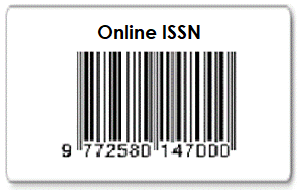Exploring Students’ Online Learning Readiness during Covid-19 Pandemic: A Case of an English Class in an Indonesian Junior High School
DOI:
https://doi.org/10.32332/joelt.v9i2.3812Keywords:
covid-19 pandemic, e-learning, online learning, students’ readiness, readiness factorsAbstract
Online learning readiness has become crucial and needs to be considered to support E-learning from various perspectives. This article sought to discover the E-learning Readiness (ELR) factors from students’ perspectives during the Covid-19 Pandemic. Fifty-two seventh-grade Junior High School students in Indonesia participated in this study. This quantitative research used thirty-nine items in a questionnaire as the data collection instrument modified from Teddy and Swatman’s (2006) model known as E-learning Readiness (ELR) factors. The model utilized six factors, namely (1) students’ readiness, (2) teachers’ readiness, (3) internet access supports, (4) management supports, (5) school culture, and (6) E-learning tendencies. The findings indicated that the students’ readiness toward E-learning had an ELR score of 69%, which means they were ready for E-learning but needed slight improvement. The results showed students experienced difficulties (i.e., they were untrained in operating electronic devices, the devices lagged during the online teaching-learning process, and they had trouble following the English material due to the lack of instruction from English teachers) in implementing E-learning. The writer concluded that the student readiness towards E-learning was considered capable and ready but required some improvement from various aspects.
















